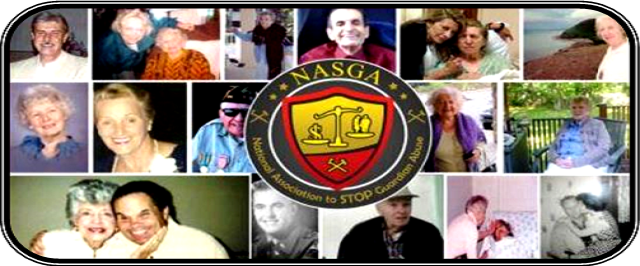 |
| 103 year old Harry Russell Jr. and his caregiver, Rose Norris |
These days, most rural communities in the U.S. are elderly communities. 15 percent of Wyoming’s population is over 65 and a high percentage of them live on ranches and in small towns. But with younger generations leaving the ranch for more urban jobs, there are few staying behind to take care of their elders. They could move to nursing homes, but many of Wyoming’s seniors are often insistent--they want to stay home, even if it means a snowmobile ride out in the winter.
“I got a good life,” Russell says. “I’ve got friends around me. The only thing I don’t have is my saddle horse. I’m not busy working. I like to work.”
His Caregiver Rose Norris agrees.
“He does his dishes, he cooks, he takes care of his personal hygiene. He takes seed out to the birds. Up until a couple years ago, he grew a garden.”
But Russell has had several incidents that forced him to use his emergency button to dial local dispatch. Recently, he caught the flu and couldn’t breathe and ended up in the hospital for weeks.
And then just a few weeks ago…
“I took a shower and was putting on my underclothes,” Russell says. “I slipped and fell down and could not get back up. So I knew I could reach that button so I did. It wasn’t long I had help. So now I put my underclothes on in the bedroom.”
It’s because of accidents like these that Russell recognizes he needs a caregiver to help clean his house and drive him to town. He has three children, but the closest lives in Gillette, five hours away. One even lives in New Zealand.
Caregiver programs like this are popular with seniors who don’t want to, or can’t afford to, live in a nursing home. But in rural Wyoming, this does present challenges. Wyoming Aging Division Director Tim Ernst gives an example of a man in his 80’s who lives 35 miles from the closest town.
“They had to snowmobile up there a couple times just to make sure he was okay,” he says.
Ernst says the man didn’t want meal delivery or other help. He asked for only one thing…
They don't say nursing home to me. As long as I can still talk, I'm my own boss for a while.
Ernst says the cost of a few cords of wood is significantly less than a nursing home, which can cost up to $8,000 a month. He says, sure, ethical questions arise, letting elderly live alone so remotely. But his agency’s philosophy is: seniors are still adults with certain rights.
“When they say, I’m not going to come down, I’m not going to move from the community,” Ernst raps on his desk for emphasis, “we have to respect that decision. Everybody has the choice to make a bad decision.”
In tiny Dixon in southern Wyoming, most people agree letting seniors age at home is the right choice. Jody Willy is the director of Village Program in the Little Snake River Valley. It’s a national project to help elders age at home. The closest nursing home is 40 miles away and it’s in Craig, Colorado. She says institutionalization is a killer of rural elderly.
“I’ll be honest with you, there's not very many good outcomes,” Willy says. “Six months to a year is the longest I’ve had one of our residents that came out of our program go to the nursing home, and that’s about the longest they live.”
She says her program could help even more seniors stay home, but the Dixon health clinic recently closed down its hospice care program that sent qualified nurses to help people stay home to die.
Lenard Kaye is the director of the University of Maine’s Center on Aging. He says such gaps in care are a national problem.
“The bad news is that in rural communities, our formal network of health and human services is uneven at best and resources are scarce.”
But Kaye says it wouldn’t take much for programs like the one in Dixon to change that.
“Local communities need to take action,” Kaye says. “They need to be advocates for themselves. Frequently, the kind of programs we’re talking about can be organized and maintained at very little cost.”
Kaye says it takes a whole community to help seniors like Harry Russell live out their lives in the place they love. And as far as Russell is concerned, he’s not moving to a nursing home anytime soon.
“They don’t say nursing home to me,” Russell says. “As long as I can still talk, I’m my own boss for a while.”
The Little Snake River Valley Village Program hopes to return hospice services to the area and build an assisted living facility in coming months.
Full Article & Source:
Wyoming Elderly Tough It Out Even As Younger Generations Migrate Away

1 comment:
I never thought about this and the problems. Leaving the old folks leaves them open to be targeted for guardianship abuse.
Post a Comment